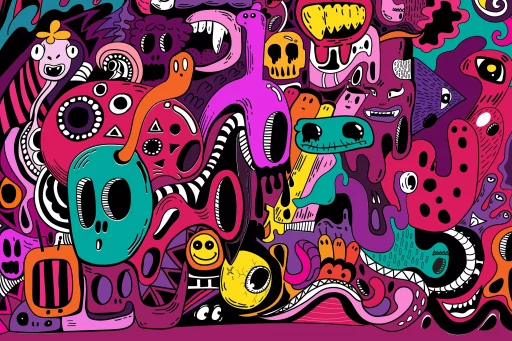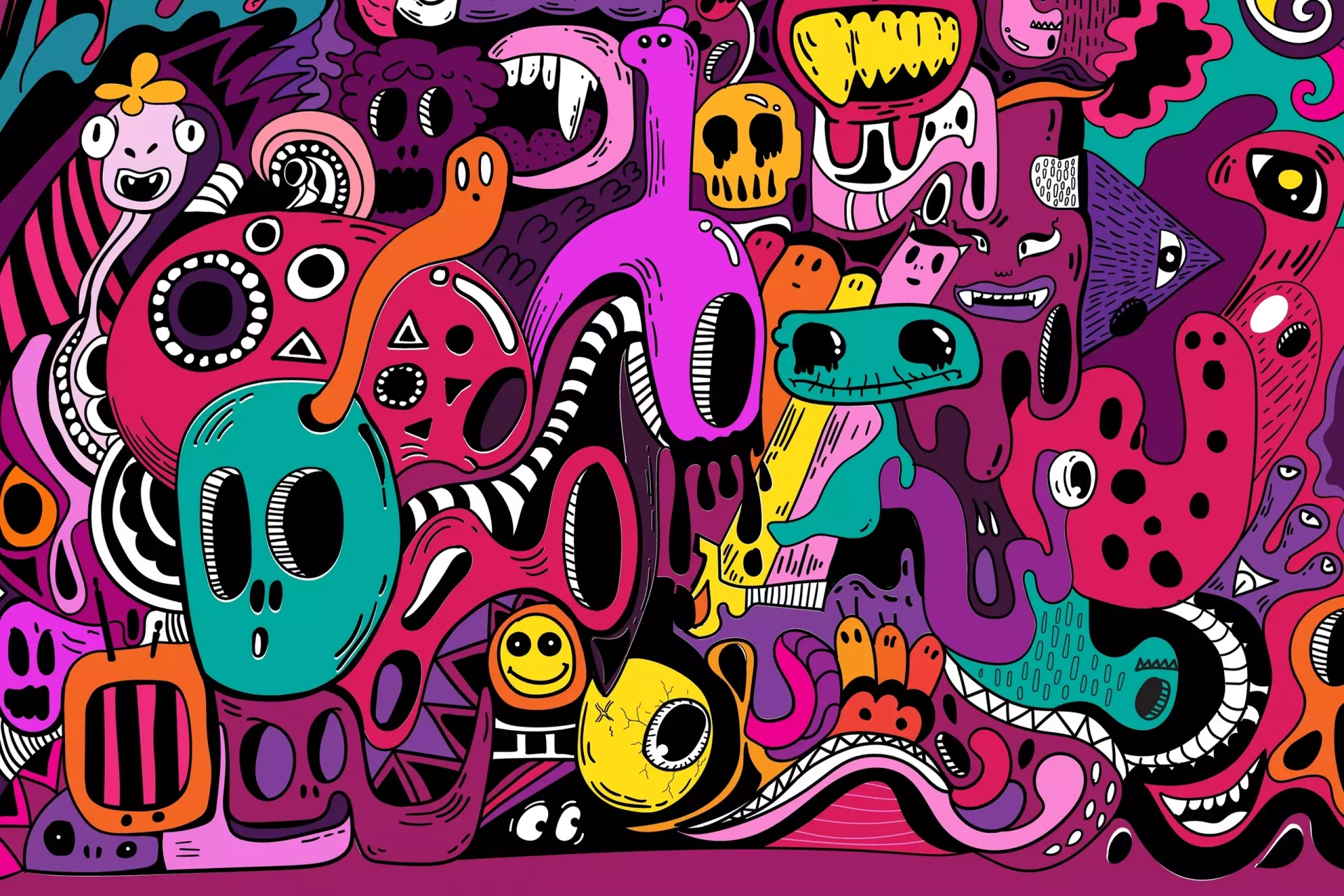Introduction
Language is ever-evolving, with slang serving as a vibrant reflection of culture and societal changes. From the jazzy 1920s to the hip-hop era of today, slang words and phrases come and go. This article explores “dated slang strands” that once captured hearts and minds but have since fallen out of favor.
The Rise and Fall of Slang
Slang serves as a linguistic timestamp, encapsulating the spirit of its era. Certain words or phrases gain traction for various reasons, whether through popular media, social movements, or youth culture, but they often fade into obscurity over time. According to linguist Joan Hall, slang is intensely social, both cohesive and divisive, creating in-groups and out-groups.
Examples of Dated Slang
To appreciate how far we’ve come, let’s delve into some notable slang strands that are now considered outdated:
- Groovy: Popular in the 1960s, this term signifies approval or something cool. It waned as disco took over in the late 1970s.
- Far out: Another gem from the 1960s that was used to express astonishment or approval. It remained popular for a brief period but quickly faded.
- Rad: Short for radical, it was primarily used in the 1980s and early 90s to describe something impressive or excellent.
- Phat: This term emerged in the hip-hop scene in the 1990s, used to describe something fantastic or cool, but has lost its luster in recent years.
- Bodacious: A blend of bold and audacious, this quirky term was mainly used in the 1980s to describe something remarkable but fell out of fashion quickly.
Where Slang Comes From
The roots of slang are diverse, with influences ranging from regional dialects to popular culture. For instance, many phrases took hold due to:
- Media Influence: Movies and television have historically been major sources of slang. Films like “The Breakfast Club” popularized the term “totally” in the 1980s.
- Music Trends: Genres such as jazz, rock, or hip-hop have also spawned unique slang. For instance, the 1940s bebop era introduced words like “hip” and “cool.”
- Regional Dialects: Different regions produce distinct slang. For example, “y’all” in the South contrasts with “you guys” commonly used in the North.
Case Studies in Slang Evolution
Let’s explore a few case studies of slang terms that enjoyed periods of popularity but have become dated:
- “Dig it”: Popularized by musicians and artists in the 1960s, it signified understanding or appreciation. Current generations might prefer simpler phrases like “I get it.”
- “Homey”: This term, denoting a close friend, was prevalent in the 90s and early 2000s, especially in hip-hop culture, but has since diminished in usage.
- “Bet”: Once used predominantly in urban slang to express agreement, it has recently tapered off among younger generations, leading to phrases like “for sure” taking its place.
The Influence of the Internet
The rise of social media has drastically accelerated the pace at which slang enters and exits popular culture. Platforms like TikTok, Twitter, and Instagram facilitate the rapid dissemination of new terms while simultaneously replacing older ones.
According to a study conducted by the Pew Research Center, approximately 90% of teens report using slang frequently, yet only a small fraction—about 20%—are aware of what past slang terms meant.
Conclusion: The Cycle of Language
As we have seen, dated slang strands have their rich history, telling a story about societal values, technology, and culture during their peak. While the terms themselves may fall out of use, their influence can still be felt in today’s lingo. Language will continue to evolve, and in years to come, today’s popular slang will likely become tomorrow’s dated phrases.
Final Thoughts
Next time you hear someone using a term from another decade, take a moment to reflect on the cultural history behind it. Slang is not only a mode of communication but also a fascinating window into the world that shaped it.


